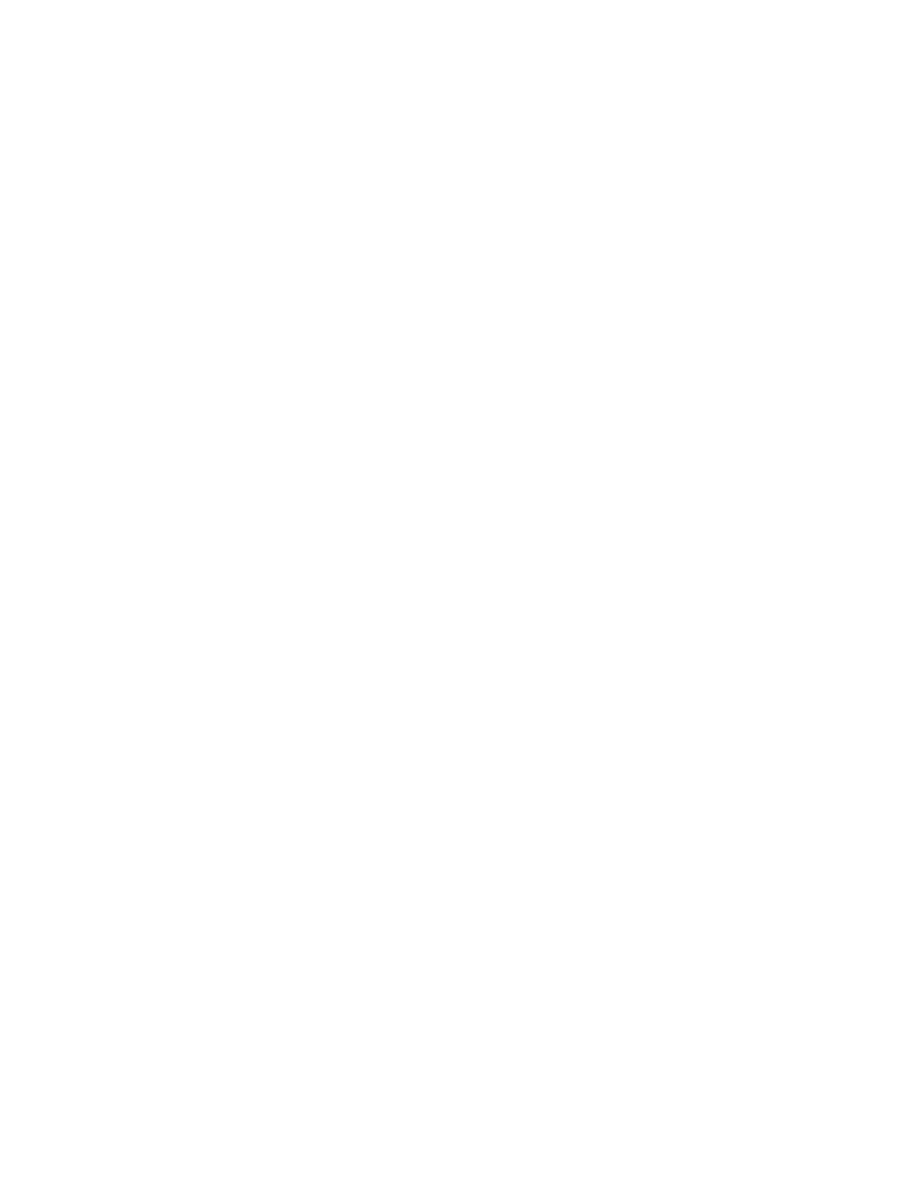
430
14 CFR Ch. I (1–1–14 Edition)
§ 61.67
(5) The FAA approved the instrument
training and instrument tasks per-
formed in the device.
[Doc. No. 25910, 62 FR 16298, Apr. 4, 1997;
Amdt. 61–103, 62 FR 40900, July 30, 1997;
Amdt. 61–124, 74 FR 42554, Aug. 21, 2009;
Amdt. 61–127, 76 FR 19267, Apr. 7, 2011; Amdt.
61–128, 76 FR 54106, Aug. 31, 2011]
§ 61.67
Category II pilot authorization
requirements.
(a)
General. A person who applies for
a Category II pilot authorization must
hold:
(1) At least a private or commercial
pilot certificate with an instrument
rating or an airline transport pilot cer-
tificate;
(2) A type rating for the aircraft for
which the authorization is sought if
that aircraft requires a type rating;
and
(3) A category and class rating for
the aircraft for which the authoriza-
tion is sought.
(b)
Experience requirements. An appli-
cant for a Category II pilot authoriza-
tion must have at least—
(1) 50 hours of night flight time as
pilot in command.
(2) 75 hours of instrument time under
actual or simulated instrument condi-
tions that may include not more
than—
(i) A combination of 25 hours of simu-
lated instrument flight time in a flight
simulator or flight training device; or
(ii) 40 hours of simulated instrument
flight time if accomplished in an ap-
proved course conducted by an appro-
priately rated training center certifi-
cated under part 142 of this chapter.
(3) 250 hours of cross-country flight
time as pilot in command.
(c)
Practical test requirements. (1) A
practical test must be passed by a per-
son who applies for—
(i) Issuance or renewal of a Category
II pilot authorization; and
(ii) The addition of another type air-
craft to the applicant’s Category II
pilot authorization.
(2) To be eligible for the practical
test for an authorization under this
section, an applicant must—
(i) Meet the requirements of para-
graphs (a) and (b) of this section; and
(ii) If the applicant has not passed a
practical test for this authorization
during the 12 calendar months pre-
ceding the month of the test, then that
person must—
(A) Meet the requirements of
§ 61.57(c); and
(B) Have performed at least six ILS
approaches during the 6 calendar
months preceding the month of the
test, of which at least three of the ap-
proaches must have been conducted
without the use of an approach coupler.
(3) The approaches specified in para-
graph (c)(2)(ii)(B) of this section—
(i) Must be conducted under actual or
simulated instrument flight condi-
tions;
(ii) Must be conducted to the decision
height for the ILS approach in the type
aircraft in which the practical test is
to be conducted;
(iii) Need not be conducted to the de-
cision height authorized for Category
II operations;
(iv) Must be conducted to the deci-
sion height authorized for Category II
operations only if conducted in a flight
simulator or flight training device; and
(v) Must be accomplished in an air-
craft of the same category and class,
and type, as applicable, as the aircraft
in which the practical test is to be con-
ducted or in a flight simulator that—
(A) Represents an aircraft of the
same category and class, and type, as
applicable, as the aircraft in which the
authorization is sought; and
(B) Is used in accordance with an ap-
proved course conducted by a training
center certificated under part 142 of
this chapter.
(4) The flight time acquired in meet-
ing the requirements of paragraph
(c)(2)(ii)(B) of this section may be used
to meet the requirements of paragraph
(c)(2)(ii)(A) of this section.
(d)
Practical test procedures. The prac-
tical test consists of an oral increment
and a flight increment.
(1)
Oral increment. In the oral incre-
ment of the practical test an applicant
must demonstrate knowledge of the
following:
(i) Required landing distance;
(ii) Recognition of the decision
height;
(iii) Missed approach procedures and
techniques using computed or fixed at-
titude guidance displays;
(iv) Use and limitations of RVR;
VerDate Mar<15>2010
20:48 Jan 30, 2014
Jkt 232047
PO 00000
Frm 00440
Fmt 8010
Sfmt 8002
Q:\14\14V2.TXT
ofr150
PsN: PC150